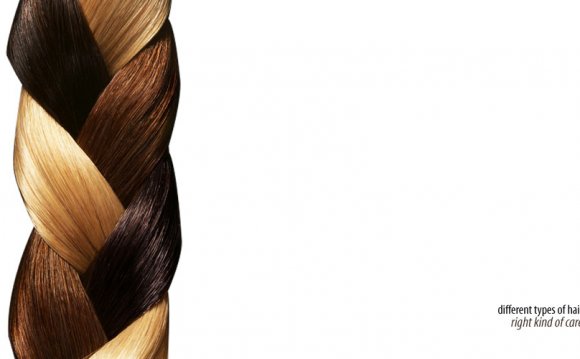
Dating back 5, 000 years, Ayurveda or the 'science of life' is one of the oldest systems of natural healthcare in the world. Sometimes referred to as a bioscience, its chief aim is to
cleanse the body of substances that cause disease, thus helping to re-establish harmony and balance. Primarily botanical, Ayurveda focuses on addressing key foundations that pertain to health and disease—the body's constitution (prakriti) and natural forces (doshas).
In the modern world, Ayurveda faces the tough challenge of making a traditional medicinal system relevant today. The answer lies in the Charaka Samhita, one of the most revered Ayurvedic texts. It reads:
"Undoubtedly there exists no limitations for (the application of) Ayurveda. Henceforth one should be vigilantly, incessantly perseverant to apply this science. This is the duty of (physician, manufacturer, user) all who want to utilize this science. In order to ensure professional development in this field one should be open to receiving (information) without indignation to others (sources)...For having observed this the wise should listen and adopt such things which are wholesome, agreeable, life-giving, promoting and contemporary."
Charaka Samhita 4.8.14. (Circa 1500 BC)
The text suggests that Ayurveda needs to evolve with time. It needs to understand changing environmental circumstances and address healthcare needs accordingly. The Charaka Samhita encourages learning and assimilating the best from other forms of healthcare systems. A synergistic union between modern and traditional medicine will provide the best healthcare available to patients. This 'hybrid', synergistic system of medicine is practiced by Himalaya. We call it contemporary Ayurveda.
Our founder, Mr. M. Manal, believed in the potential of herbs and of the various benefits of traditional medicine. However, he also believed that in order for traditional medicine to be widely accepted, it needed to be credible. Credibility of drugs can be achieved through scientific validation.
Himalaya's first drug, Serpina®, the world's first natural anti-hypertensive, was born four years after its initial discovery. Four years were spent on clinical trials, scientific validation and in discovering the process of making tablets. Mr. Manal believed that in order to make herbal medicine mainstream, it would need to follow allopathic protocols during development and be available in a widely accepted format like tablets or syrup. This is the only way in which Ayurveda could become relevant.
Taking inspiration from this legacy, today Himalaya scientists and herbalists spend years researching the therapeutic benefits of herbs. We use over 250 herbs in our products, and each day we study many more. As soon as new benefits of herbs are discovered, we update our herbal monograph, a guide that gives a basic description of the herb and lists its chemical constituents, actions, clinical uses and recommended dosage. It's a job requiring patience and passion. After that, a great deal of time is spent authenticating the herb, isolating its active marker, testing its therapeutic property and validating safety and efficacy. The whole process can take anywhere on average between seven to ten years. We believe that no investment is too much when it comes to developing safe and efficacious products. We use the most advanced technology available to determine the accuracy, safety and efficacy of drugs during the development process.
The results of our clinical trials are published in leading medical and peer-review journals. The backing of empirical evidence and analysis further lends validation to our products. Today, over 400, 000 doctors prescribe our products both as an adjuvant and as the first line of treatment.
At Himalaya, contemporizing Ayurveda means making the system of traditional healthcare mainstream. Taking our cue from the Charaka Samhita, we have imbibed the knowledge of modern medicine in our products, and followed allopathic protocols to develop well-researched, safe and efficacious drugs.
RELATED VIDEO











